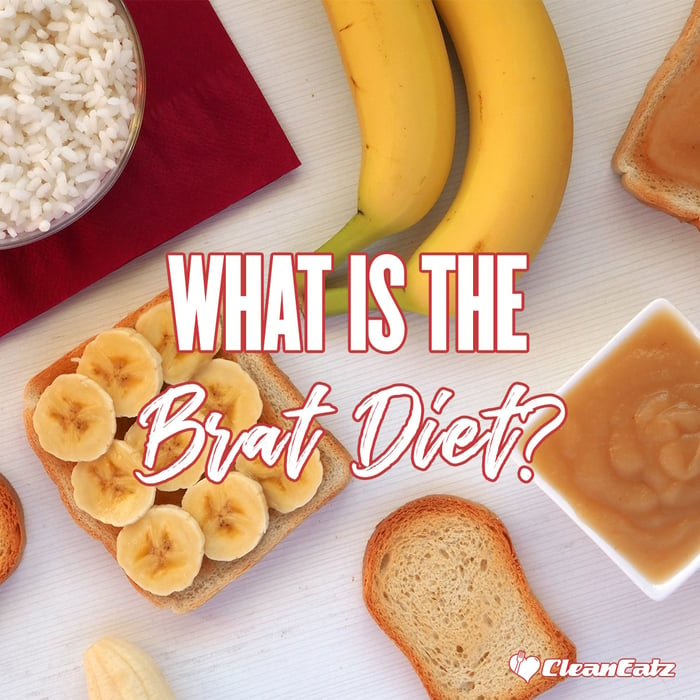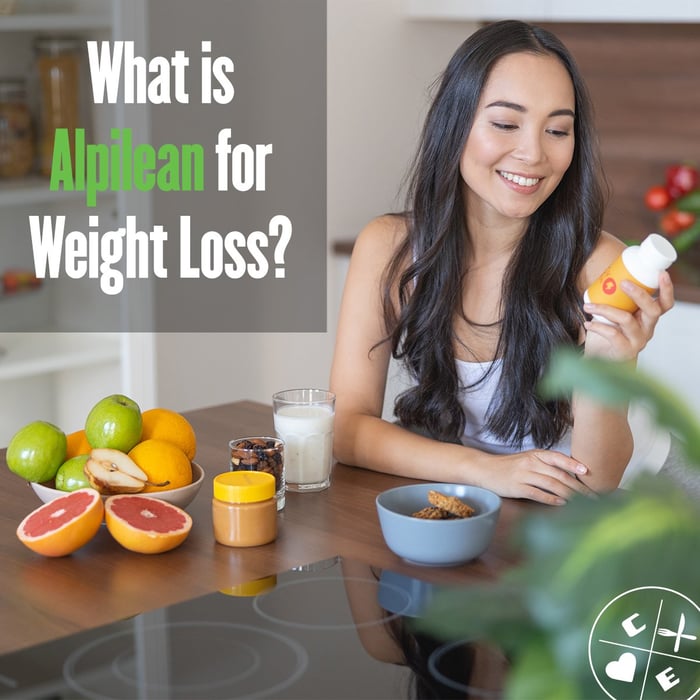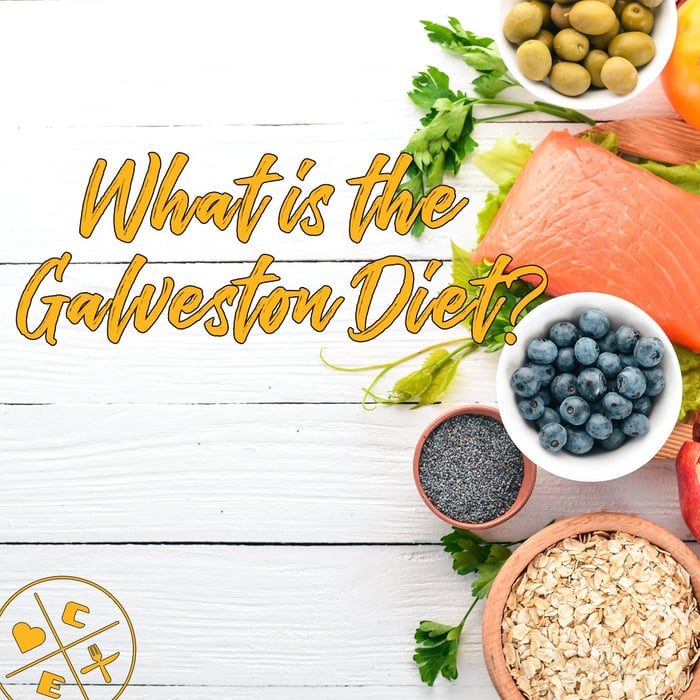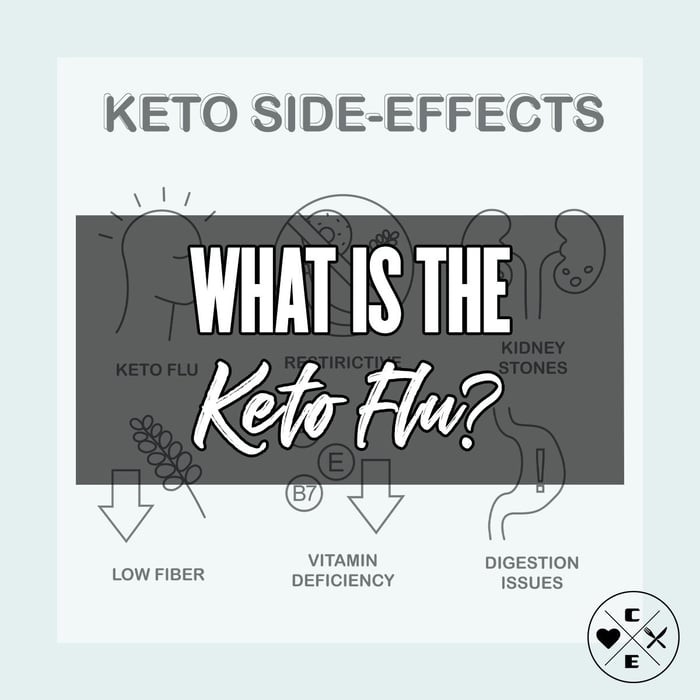Last updated: September 16, 2025
What Is the BRAT Diet? When to Use It, What to Eat & How to Reintroduce Foods
Quick answer: The BRAT diet—Bananas, Rice, Applesauce, Toast—is a short-term, bland-food approach sometimes used during brief bouts of nausea, vomiting, or diarrhea. It can help you tolerate food while your stomach settles, but it’s not nutritionally complete and shouldn’t be used for more than ~24–48 hours. Focus on hydration first, then add gentle foods, and return to a balanced diet as soon as you can eat normally.
What the BRAT Diet Is (and Isn’t)
- Is: A temporary set of bland, low-fiber foods that are easy on an irritated stomach.
- Isn’t: A cure for illness, a weight-loss plan, or a complete diet (it’s low in protein, fat, and many vitamins/minerals).
- Goal: Keep something down, prevent dehydration, and bridge you back to normal eating quickly.
When to Consider It—and When Not To
May be useful, briefly, if you have:
- Short-lived stomach bug/food upset with nausea, vomiting, mild diarrhea.
- No red-flag symptoms (see below) and you can’t tolerate your usual foods yet.
Avoid or get medical advice first if you have:
- Signs of dehydration: very dark urine, dizziness, dry mouth, no urination for 6–8+ hours.
- Severe symptoms: blood in stool or vomit, high fever, persistent vomiting, severe abdominal pain, black/tarry stools.
- Higher-risk situations: infants, older adults, pregnancy, chronic illness (e.g., kidney disease, diabetes), or symptoms lasting >48 hours.
This page offers general information, not medical advice. When in doubt—especially for children—consult a clinician.
Hydration Plan (the #1 Priority)
- Small, frequent sips of fluids. Start with water, ice chips, diluted juice, or commercial oral rehydration solutions (ORS).
- On hot/training days or with ongoing diarrhea, use a balanced electrolyte drink (not just plain water). See our guide: Electrolytes: Best Water Supplements.
- Avoid early on: alcohol, strong coffee, very sweet drinks (they can worsen diarrhea for some).
BRAT Foods + Bland Add-Ons (What to Eat)
Start with tiny portions and increase as tolerated.
| Food | Why it helps | Tips & options |
|---|---|---|
| Bananas | Easy to digest; provides potassium | Choose ripe (speckled) for softer texture |
| Rice | Low-fiber, binding | Try plain white rice or simple congee (rice porridge). See our rice guide. |
| Applesauce | Gentle soluble fiber (pectin) | Pick unsweetened; avoid raw peels at first |
| Toast | Dry, bland starch | White or gluten-free if needed; go easy on spreads |
| Plain crackers | Simple starch | Saltines, rice crackers (measure if salty) |
| Boiled potatoes | Bland carbs | Skip butter early; a little salt if dehydration risk |
| Broths/clear soups | Fluids + electrolytes | Chicken/veg broth; keep low-fat |
| Plain proteins (as you improve) | Rebuild strength & satiety | Small amounts of baked/poached chicken, eggs, tofu added on day 2 as tolerated |
| Yogurt (live cultures) | Probiotics may help some people | If dairy sensitive, wait or choose lactose-free/plant yogurt |
Foods to Avoid Temporarily
- High-fat, fried, or greasy foods
- Very spicy foods, heavy cream sauces
- Raw high-fiber veggies (cabbage, salads) early on
- Alcohol; large amounts of caffeine; very sugary drinks
- For some: dairy at first (try lactose-free or wait 24–48 hours)
A Simple 24–48 Hour Progression
Adjust to your symptoms; the aim is to advance as soon as you can tolerate food.
- Hours 0–6: Sips of water/ORS, ice chips, clear broth. Stop if nausea spikes; resume in 10–15 minutes.
- Hours 6–24: Add small BRAT portions: ½ banana, a few crackers, a few spoonfuls of rice/applesauce, dry toast.
- Hours 24–48: Increase BRAT portions and add gentle protein (eggs, chicken, tofu) and soups.
- After 48 hours (or sooner if steady): Return to balanced meals with protein + veg + smart carbs. See our Healthy Dinner Recipes for easy options.
Special Situations (Kids, Pregnancy, IBS)
- Kids: Hydration is critical; use commercial ORS for persistent diarrhea/vomiting. Many pediatric teams favor a quick return to regular diet as tolerated rather than prolonged BRAT. Seek care for red-flag symptoms or if symptoms last >24–48 hours.
- Pregnancy: Nausea is common; keep fluids up, try bland, frequent snacks. If you cannot keep fluids down or have weight loss, call your clinician.
- IBS or chronic GI conditions: Use bland phases briefly during flares, then re-expand. Consider low-FODMAP guidance with a professional if symptoms persist.
Related Reading
- Electrolytes: Best Water Supplements
- Is Rice Good for Weight Loss?
- Is Oatmeal Good for Weight Loss?
- Healthy Food Alternatives (Smart Swaps)
- Best Healthy Dinner Recipes
FAQs
How long should I follow the BRAT diet?
Generally no more than 24–48 hours. Advance to a balanced diet as soon as you can tolerate protein, vegetables, and your usual foods.
Does the BRAT diet stop diarrhea?
No—it’s not a cure. It’s a tolerance strategy that may be easier on your stomach while your body recovers. Hydration is the bigger lever.
What should I drink?
Water, diluted juice, broths, or an oral rehydration solution. On hot/training days, consider a balanced electrolyte drink (see our guide).
Can I have protein?
Yes—once vomiting eases, add small amounts of eggs, chicken, tofu, or yogurt (if tolerated). Don’t stay low-protein for long.
Is the BRAT diet good for weight loss?
No. It’s not nutritionally complete and isn’t intended for weight loss. Use our Calorie Calculator for safe, sustainable plans.
When should I see a doctor?
Red flags include blood in stool or vomit, high fever, black/tarry stools, severe pain, signs of dehydration, symptoms lasting >48 hours, or higher-risk groups (infants, older adults, pregnancy, chronic illness).
Disclaimer: This article is general information and isn’t medical advice. If you have medical conditions or concerning symptoms, contact your clinician promptly.




